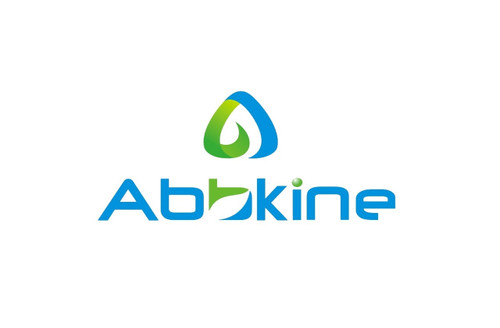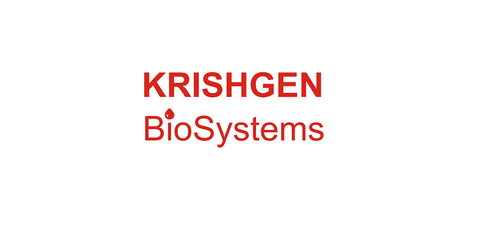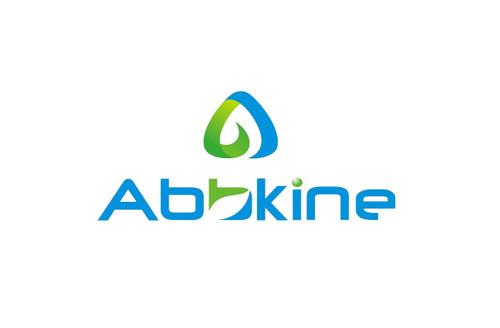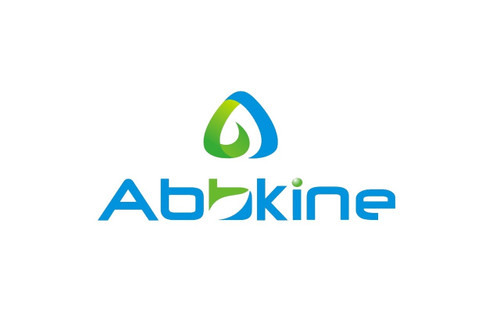Product Description
Rat Urotensin-2 (UTS2) ELISA Kit | AE11900RA | Abebio
Species Reactivity: Rat (Rattus norvegicus)
Abbreviation: UTS2
Alternative Name: PRO1068; U-II; UCN2; UII;
Application: ELISA
Range: 0.625-40 ng/mL
Sensitivity: 0.156 ng/mL
Intra-Assay: ≤6.0%
Inter-Assay: ≤10.1%
Recovery: 0, 97
Sample Type: Serum, Plasma, Other biological fluids
Detection Method: Sandwich
Analysis Method : Quantitive
Test Principale: This assay employs a two-site sandwich ELISA to quantitate UTS2 in samples. An antibody specific for UTS2 has been pre-coated onto a microplate. Standards and samples are pipetted into the wells and anyUTS2 present is bound by the immobilized antibody. After removing any unbound substances, a biotin-conjugated antibody specific for UTS2 is added to the wells. After washing, Streptavidin conjugated Horseradish Peroxidase (HRP) is added to the wells. Following a wash to remove any unbound avidin-enzyme reagent, a substrate solution is added to the wells and color develops in proportion to the amount of UTS2 bound in the initial step. The color development is stopped and the intensity of the color is measured.
Product Overview: A novel peptide, UII-related peptide (URP), from the extract of the rat brain as the sole immunoreactive substance to anti-UII antibody. cDNAs encoding rat, mouse, and human precursor proteins for URP were cloned and revealed that the sequences of mouse and human URP peptides are the same as that for rat URP. Prepro-URP gene is expressed in several rat tissues such as those of the thymus, spleen, testis, and spinal cord, although with lower levels than the prepro-UII gene. In the human, the prepro-URP gene is expressed comparably to prepro-UII in several tissues except the spinal cord. URP was found to bind and activate the human or rat UII receptors (GPR14) and showed a hypotensive effect when administered to anesthetized rats. URP is the endogenous and functional ligand for UII receptor in the rat and mouse, and possibly in the human.
Stability: The stability of ELISA kit is determined by the loss rate of activity. The loss rate of this kit is less than 5% within the expiration date under appropriate storage condition. The loss rate was determined by accelerated thermal degradation test. Keep the kit at 37°C for 4 and 7 days, and compare O.D.values of the kit kept at 37°C with that of at recommended temperature. (referring from China Biological Products Standard, which was calculated by the Arrhenius equation. For ELISA kit, 4 days storage at 37°C can be considered as 6 months at 2 - 8°C, which means 7 days at 37°C equaling 12 months at 2 - 8°C) .
 Euro
Euro
 USD
USD
 British Pound
British Pound
 NULL
NULL












